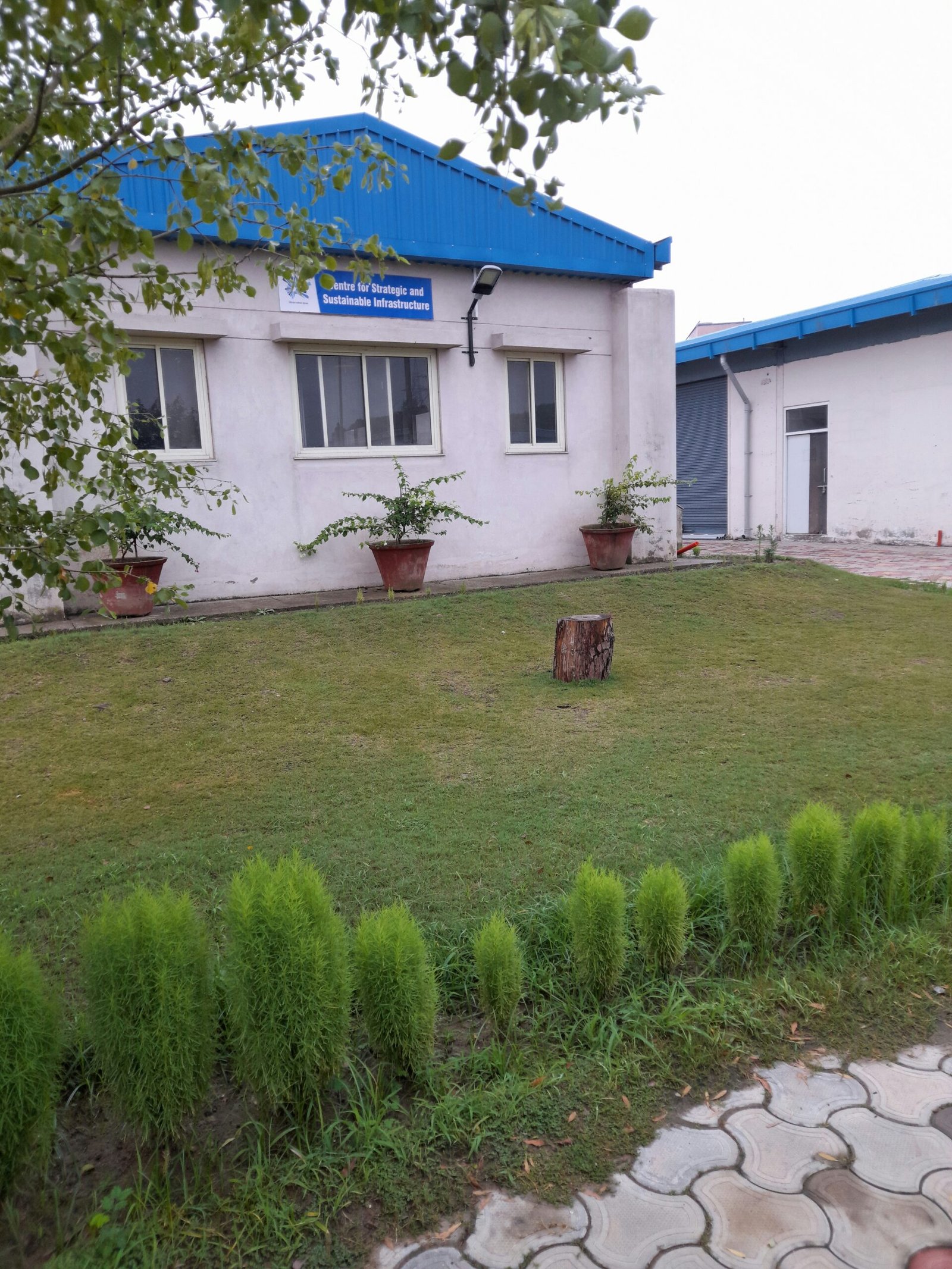Understanding AIOps: What It Is and How It Works
AIOps, or Artificial Intelligence for IT Operations, represents a significant advancement in the management of IT infrastructure. At its core, AIOps leverages machine learning algorithms, big data analytics, and automation to enhance and streamline IT operations. This innovative approach enables organizations to handle massive volumes of data generated by their IT systems and extract meaningful insights to drive operational efficiency.
The technology behind AIOps is founded on several key principles. Machine learning plays a crucial role, allowing systems to learn from past data and predict future events. As incidents occur within an IT environment, AIOps platforms can analyze patterns and draw correlations that human operators might overlook. This predictive capability not only assists in identifying potential issues before they escalate but also facilitates quicker incident resolution.
Moreover, big data analytics serves as the backbone of AIOps, enabling the processing of extensive data sets in real-time. By aggregating and analyzing data from various sources, such as application logs, network traffic, and user interactions, AIOps provides a comprehensive view of the IT landscape. This holistic perspective aids in decision-making and allows for proactive management of IT resources.
Automation is another critical component of AIOps, streamlining repetitive tasks and minimizing human error. Through automation, IT teams can focus on strategic initiatives rather than being bogged down by mundane operations. As a result, the overall productivity of the IT workforce is significantly enhanced.
Incorporating AIOps into IT infrastructure management yields numerous benefits, including improved operational efficiency, faster incident resolution, and enhanced decision-making capabilities. Organizations adopting AIOps will find themselves better equipped to manage the complexities of today’s IT environments, ultimately leading to more resilient and responsive operations.
Key Features and Benefits of AIOps in IT Management
Artificial Intelligence for IT Operations, commonly referred to as AIOps, revolutionizes traditional IT infrastructure management through several distinctive features. One of the most significant aspects is predictive analytics. By leveraging vast sets of historical data, AIOps tools can forecast potential issues before they escalate into major problems. This proactive approach enables organizations to address vulnerabilities, ensuring higher system uptime and reliability.
Another critical feature of AIOps is anomaly detection. AIOps platforms utilize machine learning algorithms to analyze baseline performance metrics and detect deviations that may indicate underlying issues. By identifying anomalies quickly, IT teams can react to incidents before they affect end-users or compromise system integrity. This capability is particularly pertinent in today’s complex IT environments, where rapid changes can increase the likelihood of unforeseen failures.
Moreover, noise reduction significantly enhances the efficiency of IT operations. Traditional monitoring tools often generate an overwhelming number of alerts, making it challenging for teams to isolate critical issues. AIOps intelligently filters these alerts, prioritizing them based on severity and relevance. This feature alleviates alert fatigue among IT staff, allowing them to focus their efforts on high-impact events rather than being distracted by trivial notifications.
Centralized monitoring is also a hallmark of AIOps. By providing a unified view of an organization’s IT ecosystem, these platforms facilitate the monitoring of all components and services from a single dashboard. This integrated approach fosters enhanced visibility, making it easier for teams to analyze performance data, resolve issues, and optimize resource allocation.
In conclusion, the implementation of AIOps in IT management leads to streamlined operations, reduced downtime, and improved handling of complex infrastructures, thereby significantly enhancing overall organizational efficiency and performance.
Implementing AIOps: Best Practices and Strategies
The implementation of AIOps (Artificial Intelligence for IT Operations) represents a significant shift in how organizations manage their IT infrastructure. To effectively harness the benefits of AIOps, organizations should begin by assessing their current IT landscape. This initial assessment serves as a foundation for understanding existing challenges, data silos, and areas where automation and AI can bring improvements. A thorough evaluation enables companies to identify gaps that AIOps can fill, ultimately streamlining their IT processes.
Once the current infrastructure has been assessed, it is crucial to define clear objectives for the AIOps initiative. Establishing specific goals, such as reducing incident response times, improving operational efficiency, or enhancing user experience, provides direction for the implementation process. These objectives should align with the overall business strategy, ensuring that AIOps contributes positively to organizational performance and growth.
Selecting the right AIOps tools is another vital step in this process. Organizations should consider factors such as scalability, integration capabilities with existing systems, and ease of use when evaluating different solutions. Researching vendors and understanding the features that best meet organizational needs will help organizations make informed decisions. Moreover, successful integration of AIOps into current workflows is essential; teams must be trained on new technologies, and processes should be adapted to leverage the capabilities of AIOps effectively.
Change management strategies also play a crucial role in the implementation of AIOps. Effective communication, stakeholder engagement, and continuous training are vital to minimizing resistance within IT teams. Establishing a clear roadmap that includes feedback loops and performance metrics can foster a culture of adaptability and encourage personnel to embrace the new system.
Organizations must remain vigilant regarding common pitfalls during implementation, such as neglecting to involve key stakeholders or underestimating the complexity of existing processes. By proactively addressing these challenges, organizations can ensure a smoother transition to AIOps, ultimately revolutionizing their IT infrastructure management.
Future Trends in AIOps and IT Infrastructure Management
As organizations journey deeper into the digital transformation era, AIOps is poised to play an increasingly pivotal role in the management of IT infrastructure. One significant trend emerging is the heightened focus on AI ethics, which encompasses responsible AI deployment and ensuring unbiased data usage. This emphasis reflects a growing awareness of the implications of AI on privacy, accountability, and fairness within enterprise operations. Companies will need to prioritize ethical frameworks in the adoption of AIOps to navigate these complexities effectively.
Additionally, automation capabilities are set to expand significantly as AIOps solutions evolve. The integration of machine learning algorithms can vastly improve operational efficiencies by automating routine tasks, thus allowing IT teams to focus on strategic objectives rather than day-to-day troubleshooting. Enhanced automation will also contribute to quicker response times, greater accuracy in predicting and resolving incidents, and reduced operational costs. This shift is essential for organizations striving to maintain competitive advantages in a rapidly changing technological landscape.
Furthermore, the synergy between AIOps and DevOps practices is becoming increasingly pronounced. This integration allows for smoother collaboration between development and operational teams, enabling organizations to accelerate their software development cycles while fostering a culture of continuous improvement. As AIOps tools are increasingly integrated within DevOps workflows, they facilitate better monitoring, observability, and feedback loops, thus enhancing overall performance metrics.
However, the transition to AIOps is not without challenges. Organizations may face obstacles around talent acquisition, as specialized skills in AI and data analytics become more critical. Additionally, the complexity of existing IT systems may require careful planning and incremental integration to fully leverage the benefits of AIOps. To navigate these changes, companies must invest in training and development while fostering a culture that embraces innovation, preparing for the future developments in the IT landscape.









